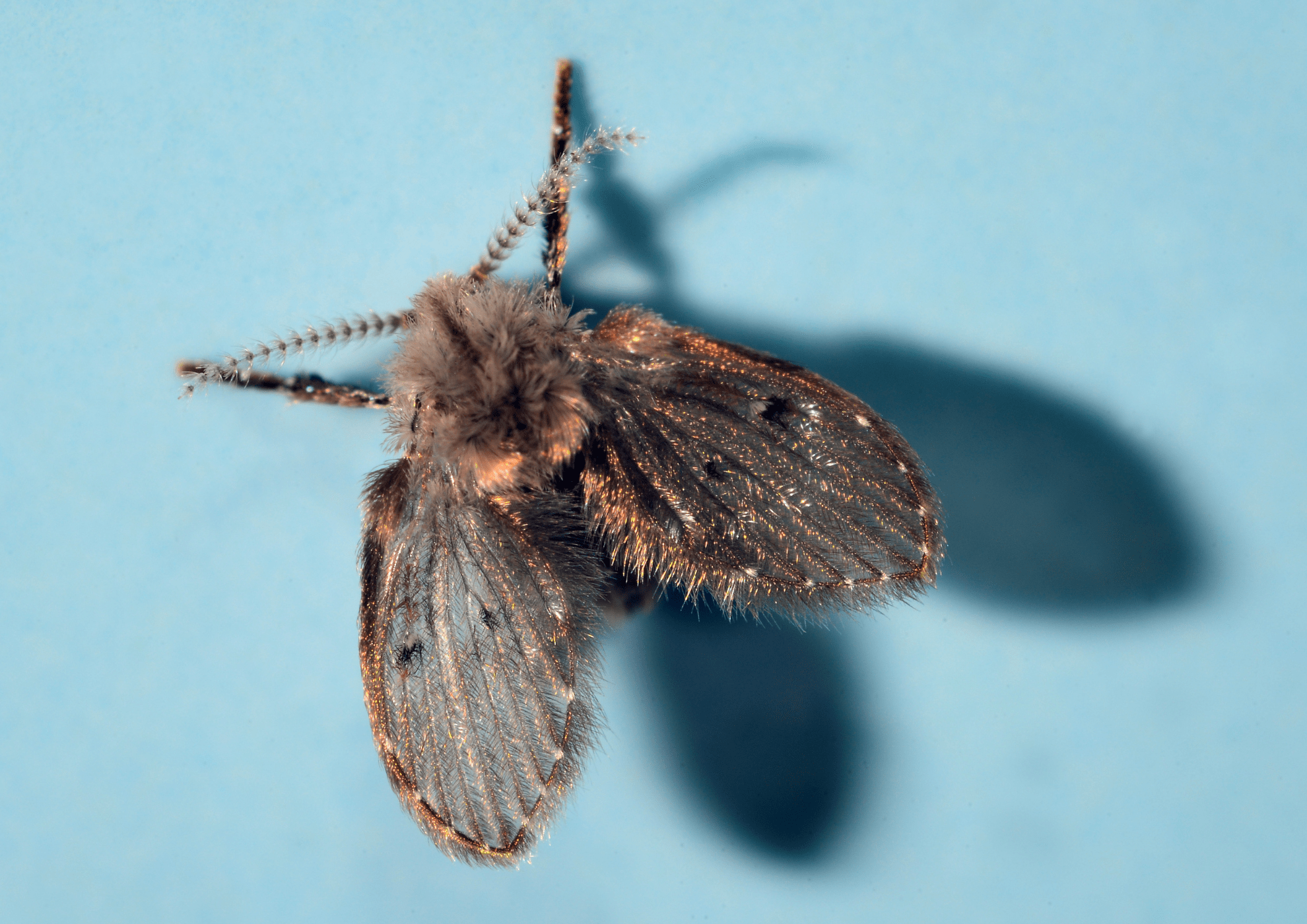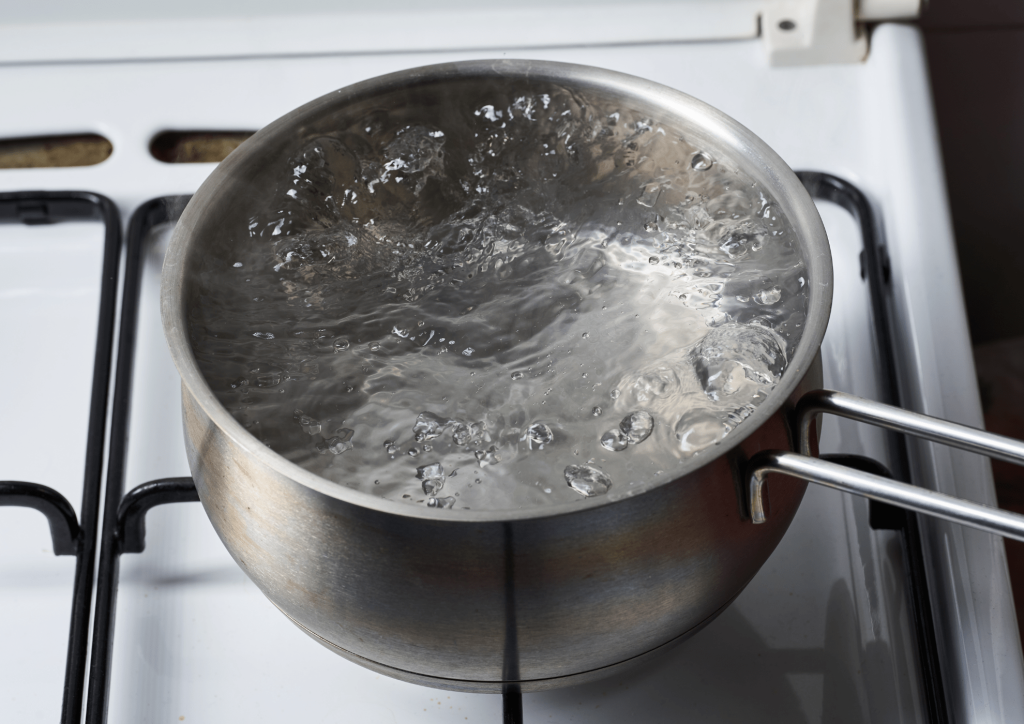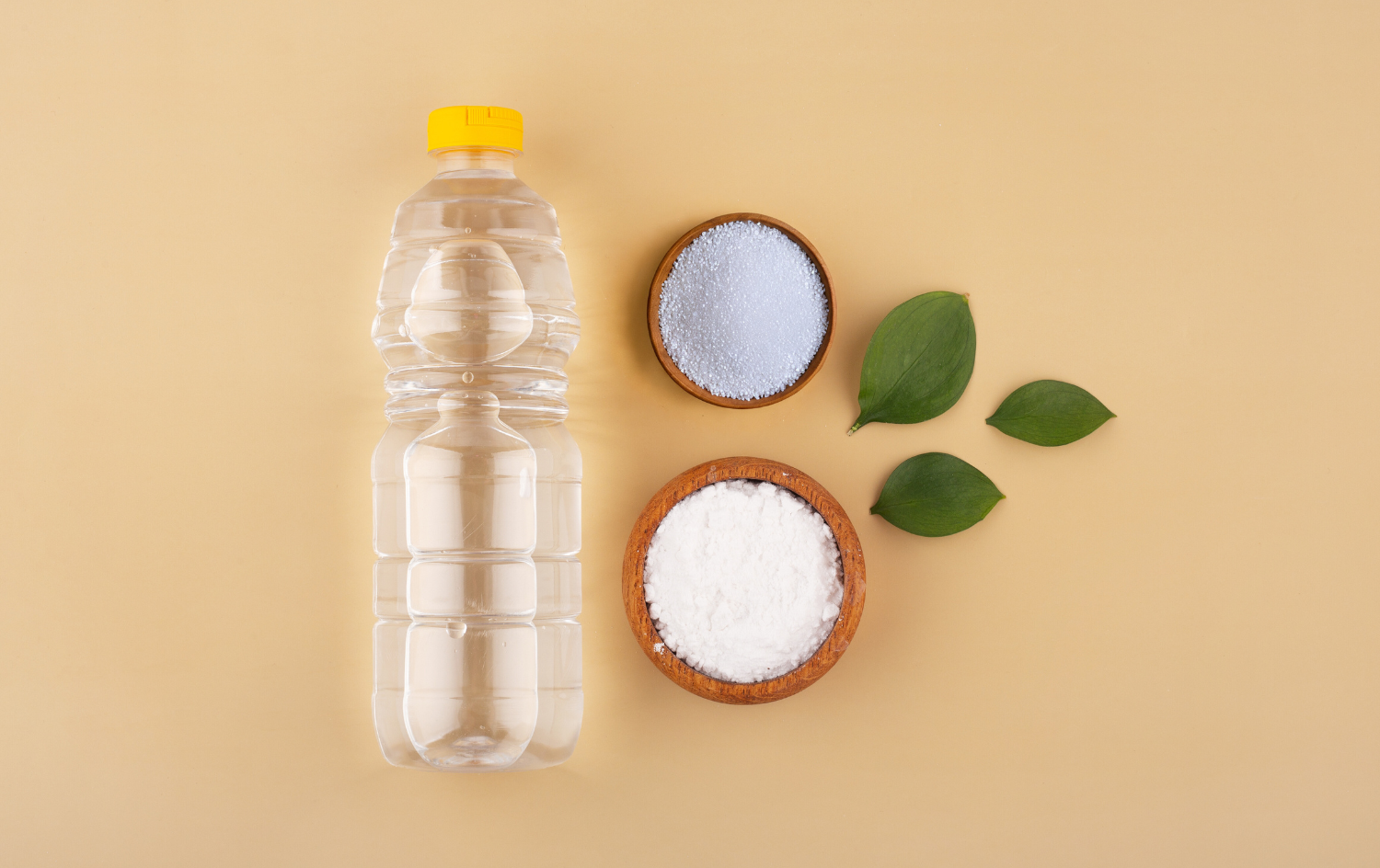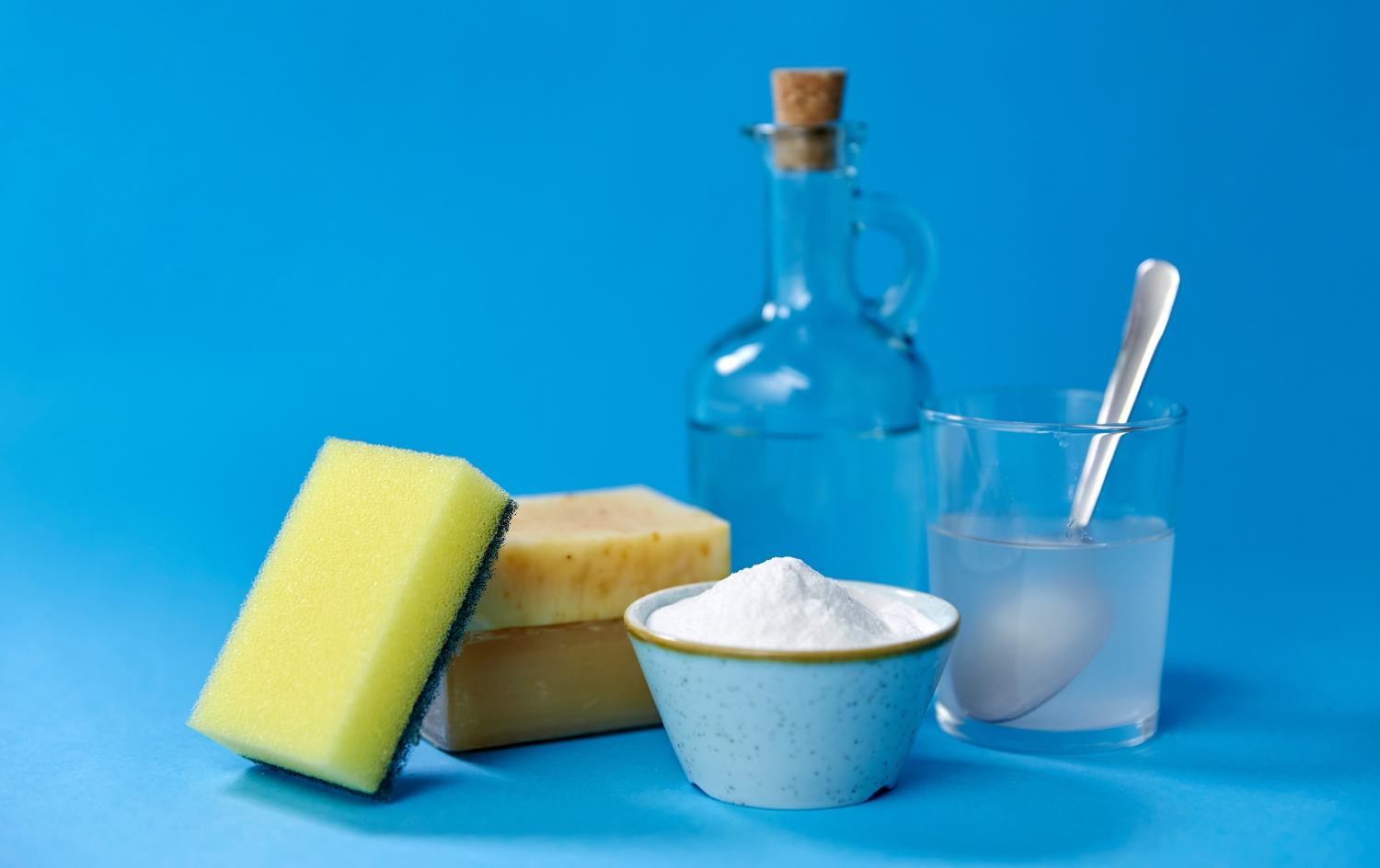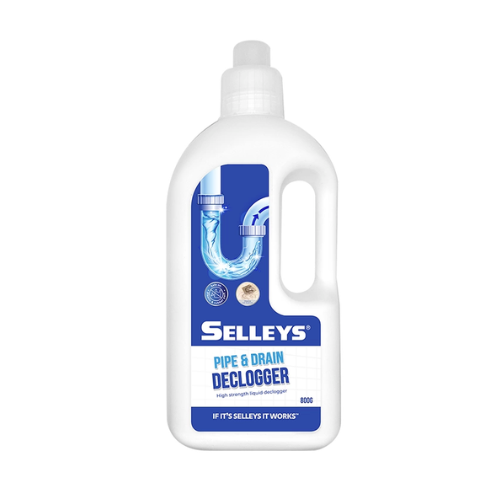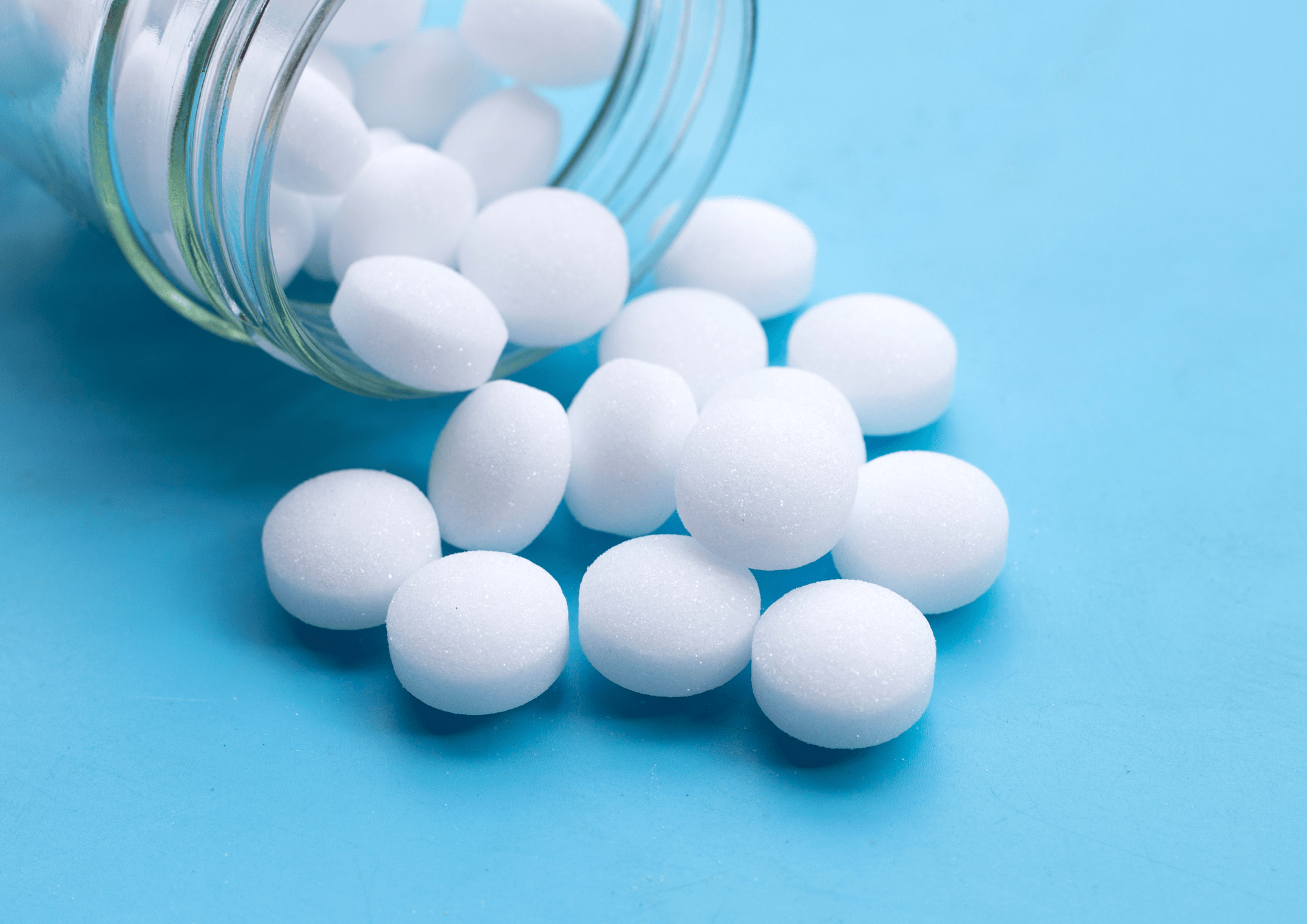Stagnant water and bacteria tend to accumulate in drains, especially if they remain unused over a long period of time.
If you spot numerous small, moth-like insects hovering around your sinks or showers, it’s possible that you’re dealing with drain flies. These pesky insects breed rapidly and can quickly become a nuisance. Fortunately, eradicating them can be relatively simple with the right tools and supplies.
Read on to learn more about drain flies and how to check for them. Once you know how to identify them, find out how to get rid of these pesky flies found in your bathroom and prevent an infestation.
Table of Contents
What Are Drain Flies?
Drain flies, otherwise known as moth flies, are often mistaken for fruit flies or gnats due to their size. Measuring approximately 0.3cm, these fuzzy pests are typically grey or brown in colour, with light-coloured wings. Their body and wings are covered with hair, and they sport a unique wing-vein pattern.
Drain flies reside in places where sewage is found, such as drains, sewers and septic tanks. However, you’ll typically find them perched on shower walls or hovering inside sinks.
Though these insects have a relatively short lifespan of 8 to 24 days, they’re capable of reproducing in just 48 hours. In fact, they can hatch up to 300 eggs within that time frame, easily creating an infestation!
Causes of drain flies
Ever wondered why drain flies are attracted to your home? These tiny insects are drawn to stagnant pools of water, especially in pipes and other drainage locations, where organic matter accumulates easily and quickly. This accumulation of organic matter provides the ideal feeding and breeding ground for drain flies.
How To Check For Drain Flies In Your Bathroom
You may have recently spotted a couple of drain flies in your bathroom, but do they come from your drain or outside your home? Here are 2 straightforward methods to check if these pests are breeding in your pipes.
Use duct tape
One of the most hassle-free ways to check for drain flies in your pipe is by using duct tape. Seal your drain opening with a piece of duct tape overnight. As drain flies make their way to the surface, they will stick to the tape and become trapped.
This method not only gets rid of some drain flies but also provides insight into the extent of the infestation. You can repeat this process for several consecutive nights to determine the severity of the issue.
Check the drain cover
The accumulation of organic matter at the opening of your drain makes it a conducive site for drain flies to lay eggs.
To check for drain fly larvae, take off the drain cover and remove some of the slimy buildup from the sides. If you find thin, tube-like structures within the slime, they might be drain fly larvae. If you fail to find any larvae but are confident that an infestation is present, it could mean that the eggs are deposited further down in the pipes.
How To Get Rid Of Drain Flies In Your Bathroom
Getting rid of drain flies can be tricky – these insects are surprisingly resistant as their fine water-repellent body hairs keep them from drowning. Furthermore, their eggs aren’t affected by bleach.
To eradicate these pests effectively, it’s crucial to eliminate the source of the problem: moist, decaying organic matter which drain flies rely on for food. Once you’ve made their feeding and breeding grounds inhospitable, you can stop their reproduction.
Here’s how to get rid of organic matter in your pipes with some supplies that are easily found in your home or your nearest supermarkets.
Method 1: Boiling water
The most basic way to clear your drain of organic matter is by using boiling water. The high temperatures can effectively dissolve buildups of dirt and grime in your pipes.
Just pour a pot of boiling water down your drain 1 or 2 times daily, and repeat this process for a week to prevent the flies from returning.
Method 2: Baking soda, salt and vinegar
Baking soda, salt and vinegar are pantry staples that can be found in most homes. While they’re great for cooking and baking, these ingredients can also make a wonderful cleaning solution for your pipes.
In fact, this cleaning solution may be able to clean a wider surface area compared to boiling water due to the chemical reaction between baking soda and vinegar.
Directions:
- Mix ½ cup of salt with ½ cup of baking soda and pour the mixture down the drain.
- Next, pour 1 cup of vinegar into the drain. You should see foam forming when the vinegar comes into contact with the baking soda.
- Leave it overnight without rinsing. The next morning, pour boiling water down the drain.
Method 3: Soap, water, sugar and vinegar
Do you know that you can lure drain flies into a trap? With some soap, water, sugar and vinegar, you can create a sweet solution that attracts these insects. Once they come into contact with the solution, the soap will trap them and prevent them from flying away.
Directions:
- Combine equal parts of sugar, water and white vinegar in a bowl.
- Add 5 to 10 drops of liquid dish soap.
- Place the bowl beside the drain overnight, or for up to a week.
Method 4: Drain cleaner
Drain flies are usually found in or around pipes. Thus, drain cleaners and drain clog removers can be effective in eliminating them. As different products may come with different instructions, be sure to read and follow the product labels carefully.
If you’re looking to clean and unclog your drain, try Selleys Pipe & Drain Declogger. This high-strength liquid declogger is capable of dissolving hair and grease, effectively eliminating the organic matter that drain flies thrive on.
Moreover, with its powerful formula, Selleys Pipe & Drain Declogger can kill 99.9% of bacteria and get rid of any odours.
Directions:
- Pour a suitable amount of Selleys Pipe & Drain Declogger (up to 1 bottle) down the drain.
- Leave the solution to sit for 4 – 8 hours, and ensure that the drain isn’t in use during this period of time.
- Once the time is up, flush the drain with water to wash away the solution.
Note!
Some drain cleaning products may be very potent. For your safety and to prevent damage to your pipes, we recommend checking if the products can be used more than once.
Method 5: Mothballs
As drain flies are a species of moth, mothballs provide a straightforward solution for eliminating them. The active ingredient in mothballs, naphthalene, is toxic and effectively kills drain flies.
Directions:
- Place a few mothballs over the opening of your drain.
- Cover the drain opening and the mothballs with a clear container for at least 2 weeks.
Tip!
If you’re using this method for your shower drain, you can push the cover and mothballs aside before showering to allow the water to flow. After you’re done with the shower, push the mothballs and cover back over the drain opening.
How To Prevent Drain Fly Infestations
Prevention is always better than cure. Instead of dealing with an infestation, it’s best to keep these pesky flies away from your home and prevent them from laying eggs. Follow these tips to reduce the chances of drain flies making a home in your pipes.
Clean the sink, drain and pipes regularly
Maintaining clean and clear drains is critical in preventing drain fly infestations since these pests feed on organic matter found within pipes. Thus, we recommend making drain cleaning a part of your regular home cleaning routine.
Use a stiff cleaning brush and some dish soap or vinegar to thoroughly scrub the drains and sinks. Afterwards, rinse with boiling water to flush out any remaining debris.
Get rid of stagnant water
Drain flies thrive in moist environments, particularly in areas where organic matter is present. Therefore, it’s essential to eliminate any stagnant water or damp spots in the house. Examples of these include water in a shower drain and on moist soil found in houseplants.
By removing these sources of moisture, you can significantly reduce the likelihood of a drain fly infestation.
Seal infrequently used drains with a stopper
To prevent drain flies from breeding in infrequently used drains, we recommend closing them off with a stopper. This will make it difficult for the flies to find a breeding ground for reproduction. By doing so, you can eliminate the possibility of an infestation.
FAQs About Getting Rid Of Drain Flies
Are drain fly infestations a cause for concern?
While drain flies aren’t harmful and don’t bite or sting, they reproduce rapidly and in large numbers. In fact, the rate at which they breed and create nests throughout your pipes can be quite a nuisance, and may eventually be costly to remove.
Additionally, while these insects don’t carry diseases, they may carry bacteria when in large quantities. Thus, it’s still advisable to get rid of them as soon as possible.
Where do drain flies come from?
Drain flies are attracted to places where organic matter or stagnant water can be found. As such, they are generally found near or in places such as:
• Kitchen and bathroom sinks
• Shower and bathtub drains
• Sewers
• Septic tanks
• Soil containing sewage
Will drain flies go away on their own?
No, drain fly infestations often don’t go away on their own. As drain flies have a relatively short breeding time of 48 hours, they’re able to reproduce quickly. Moreover, if stagnant water is left unchecked, drain flies will continue to breed.
Will bleach kill drain flies?
While bleach can kill some drain flies, it cannot get rid of an infestation. Drain fly eggs are coated with a protective layer that’s resistant to bleach. Thus, the eggs can still hatch after coming into contact with the solution.

